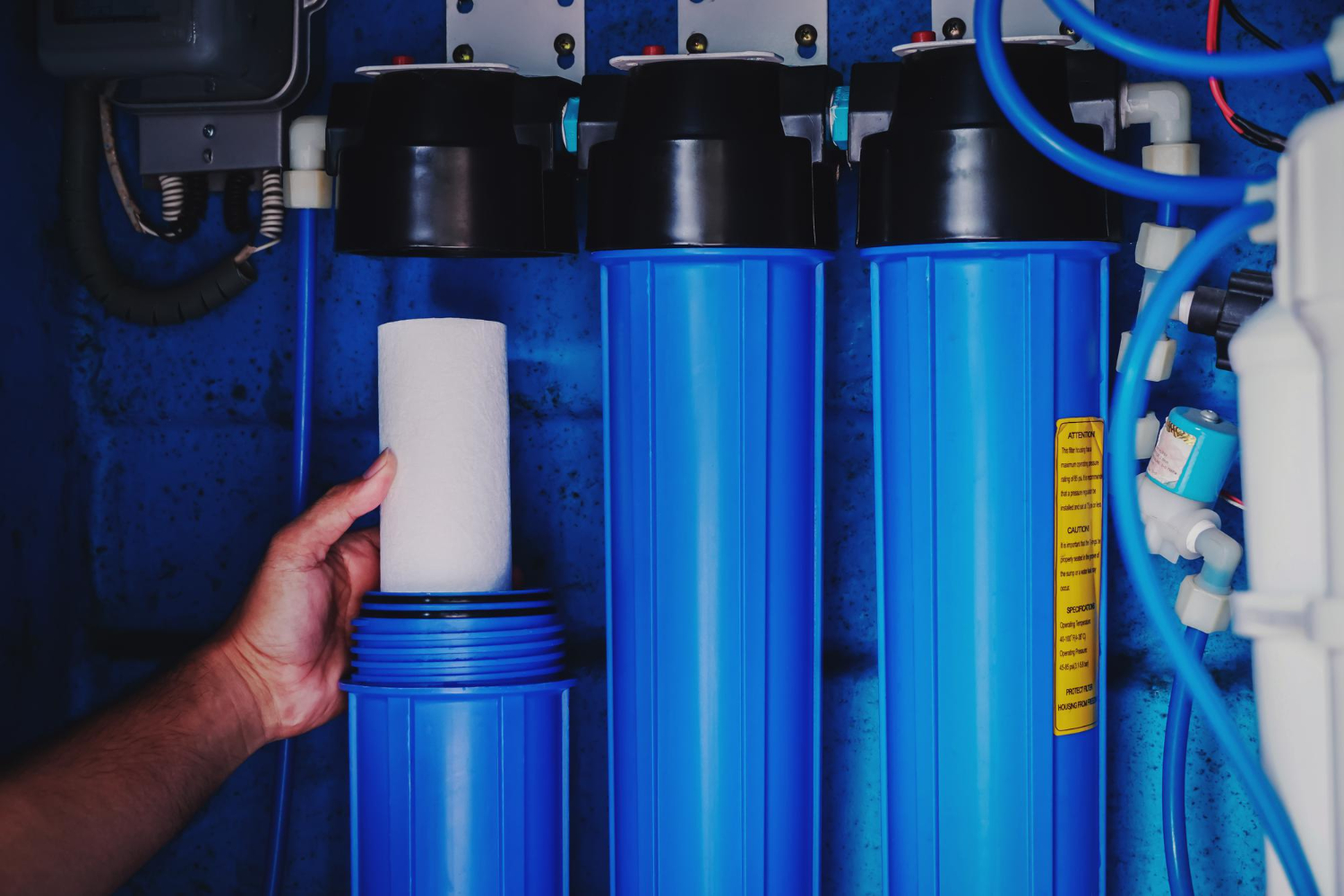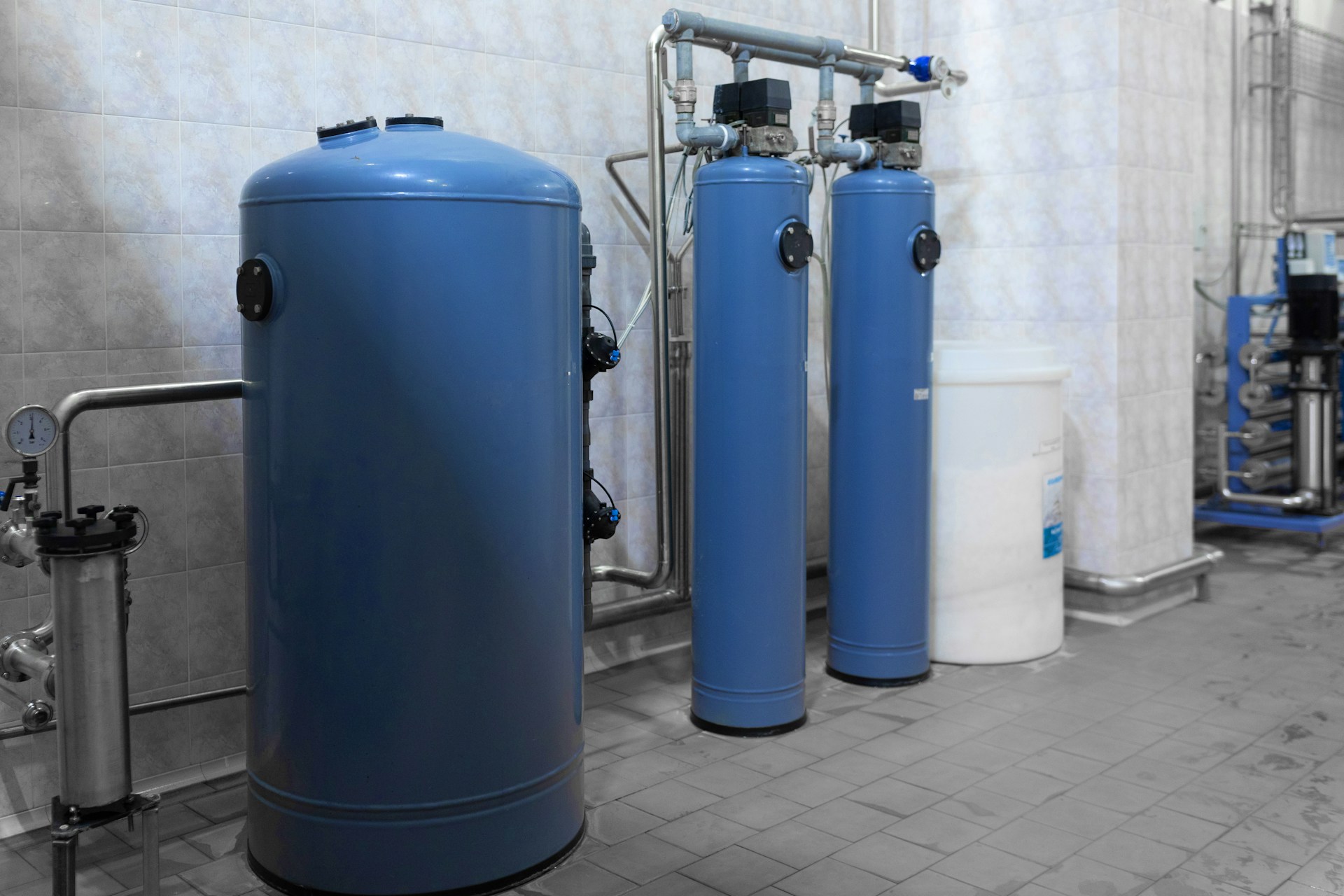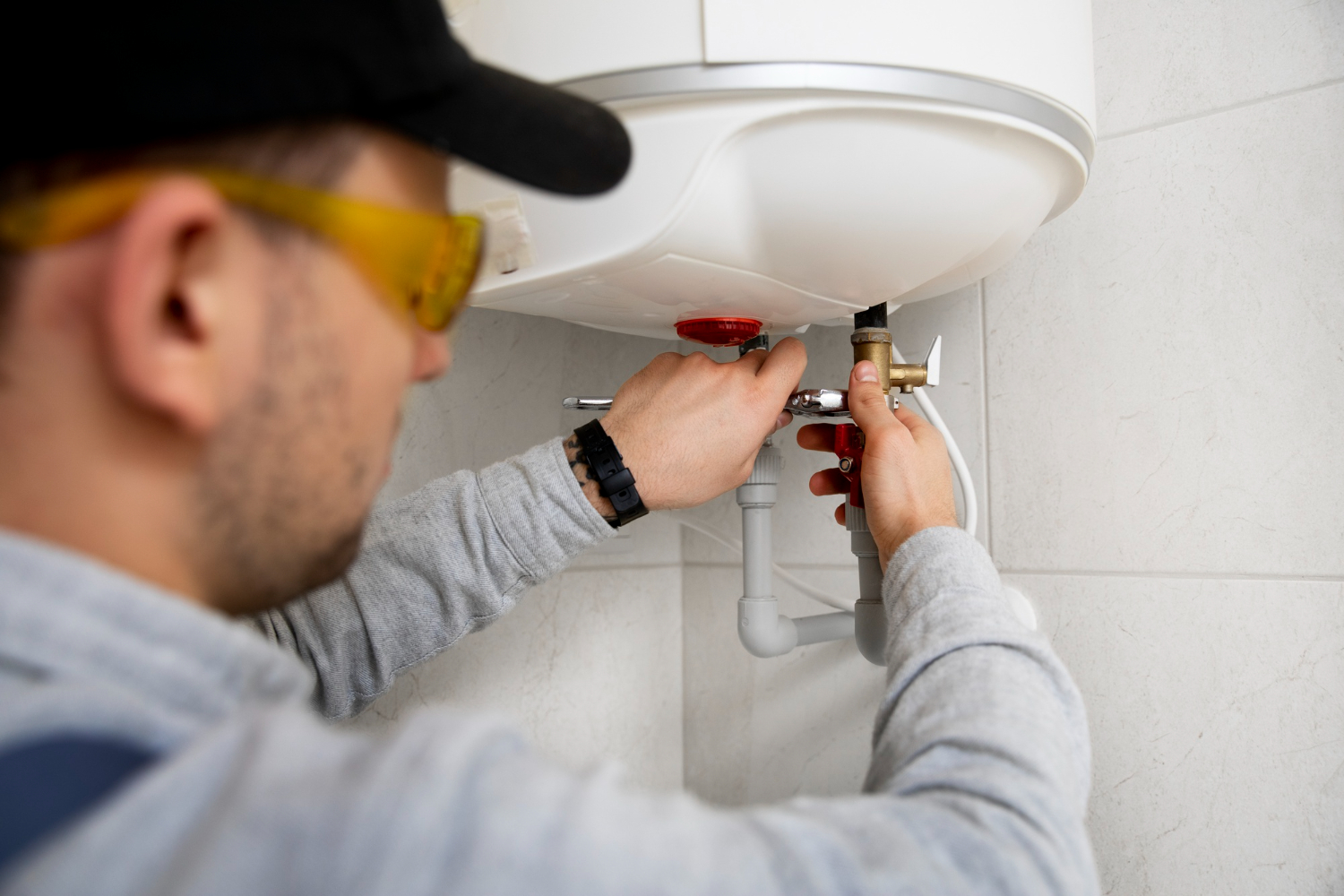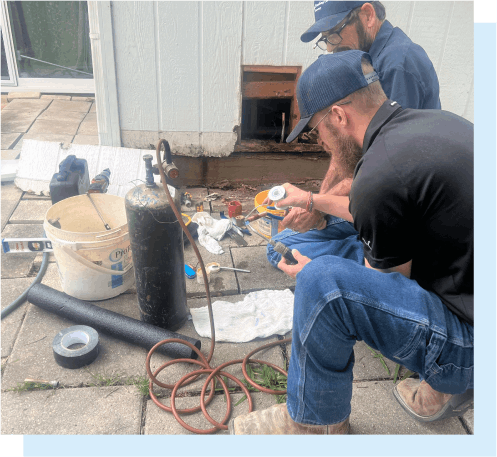Spring is a perfect time to focus on your home maintenance tasks, especially those involving water systems like your water conditioner. As the season changes, ensuring your water conditioner works efficiently becomes crucial for providing your home with clean, soft water. This helps protect your appliances and improve everyday tasks like bathing and cleaning.
During winter, your water conditioner works hard, and spring is the ideal moment to perform essential maintenance. Dust, dirt, and mineral buildup can reduce the system’s efficiency. Regular inspections and cleaning help your water conditioner perform at its best.
In this blog, we’ll cover key steps to maintain your water conditioner this spring. Following these tips will not only extend the life of your system but also ensure it provides the high-quality water that your home deserves. Let’s dive into how you can keep your water conditioner in top shape this season.
Inspecting and Cleaning the Water Conditioner System
Spring is the perfect time to ensure your water conditioner is functioning well. Start by visually inspecting the unit for any obvious signs of wear or damage, such as rust on metal parts or leaks in the connections. These signs indicate that further investigation is needed to prevent bigger issues later.
Begin the cleaning process by turning off the water supply and power to the system for safety. Open the unit to check for salt bridging or mushing if you use a salt-based conditioner. These conditions happen when salt forms into a hard crust or gets wet and clumps, preventing it from dissolving properly. Breaking up and removing these deposits will allow your system to regenerate efficiently.
Cleaning Checklist:
- Turn off water and power supplies.
- Look for and break any salt bridging.
- Check for rust or leaks.
Next, remove any accumulated sediment within the tank. Use a soft brush or cloth to wipe away any buildup that could affect the system’s performance. Regularly cleaning your water conditioner ensures its longevity and effective operation. By maintaining cleanliness, you enhance the system’s efficiency in providing soft, clean water for your home.
Replacing Filters and Resins for Optimal Performance
Replacing filters and resins is a critical part of water conditioner maintenance. Begin by locating and inspecting the filter. Over time, filters become clogged with sediment and debris, leading to reduced water quality and flow. Remove the old filter carefully, noting its type so you can replace it with an identical one.
For resin-based systems, the resin beads that soften water become less effective as they age and degrade. To replace the resin, first disconnect the unit and remove the tank top. Use a vacuum to empty old resin from the tank and refill it with new resin. Make sure to follow manufacturer’s instructions for the correct volume and type of resin.
Replacement Steps:
- Identify and remove the old filter.
- Replace resin beads as needed.
- Ensure new components match system specifications.
Regularly replacing these components keeps your water conditioner working well, preventing common problems like hard water stains and reduced appliance lifespan. Keep a maintenance schedule to monitor when replacements are due, optimizing the performance and efficiency of your water conditioner throughout the year.
Checking Water Pressure and Flow Rates
Regularly checking water pressure and flow rates in your water conditioner system ensures optimal performance and helps diagnose potential issues. Begin by testing the water pressure at a faucet closest to the conditioner. Attach a pressure gauge to the faucet and make sure the pressure falls within the manufacturer-recommended range, typically between 40 to 70 psi.
If the pressure is too high or too low, it may indicate a problem with your system or the water source. High pressure can lead to leaks or damage to pipes, while low pressure might mean blockages or a malfunctioning pressure regulator. Adjust the pressure regulator if necessary to achieve the desired level.
Checking water flow rates is next. Low flow rates might be caused by clogged filters, buildup within the conditioner, or problems in the plumbing network. Measure the flow by timing how long it takes to fill a one-gallon container. Compare this with expected flow rates for your system to ensure everything is functioning properly.
Steps to Check Pressure and Flow:
- Attach a pressure gauge to a nearby faucet.
- Adjust the pressure regulator if needed.
- Measure water flow with a gallon container.
Checking these parameters regularly keeps your system running smoothly and helps prevent long-term issues.
Scheduling Routine Maintenance for Long-Term Care
Scheduling routine maintenance ensures long-term care for your water conditioner system. A structured maintenance plan includes professional inspections and regular upkeep tasks completed on your part. Arrange for an expert to evaluate your system annually to spot any potential repairs or necessary adjustments.
Between professional checks, incorporate seasonal maintenance tasks, such as filter and resin replacements or pressure and flow assessments. Keeping a log helps track when these tasks were last performed. Documenting maintenance aids in recognizing early trends that hint at emerging issues.
Benefits of a Maintenance Schedule:
– Prevents unexpected repairs.
– Prolongs equipment lifespan.
– Maintains high-quality water supply.
Routine care keeps your water conditioner efficient and extends its lifespan, saving you money in the long run. Mark your calendar for consistent care, and remember that each component contributes to your overall system’s health.
Conclusion
Taking care of your water conditioner in spring is simple yet crucial for maintaining consistent water quality in your home. Inspecting and cleaning the components, replacing worn-out filters and resins, and checking water pressure and flow rates all contribute to a well-maintained system. Ensuring regular routines help your conditioner function optimally and prolongs its life.
Spring is the ideal time to address these maintenance tasks since it prepares your system for the increased demands of the upcoming warmer months. It’s the effort you invest now that will prevent headaches down the line. With a little attention to detail, you’ll enjoy the convenience and efficiency your water conditioner provides all year.
If you want to ensure your water conditioner stays in peak condition, let George Plumbing Co., Inc. help you. Our experienced team is ready to assist with all your maintenance needs, ensuring your system runs smoothly. Reach out to us for San Antonio plumbing services and keep your water conditioner in top shape.





